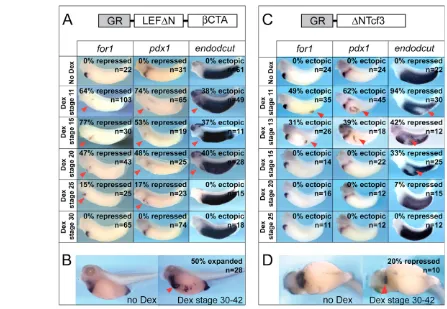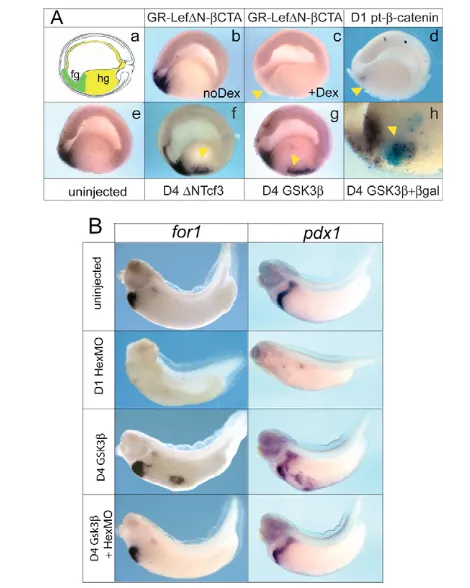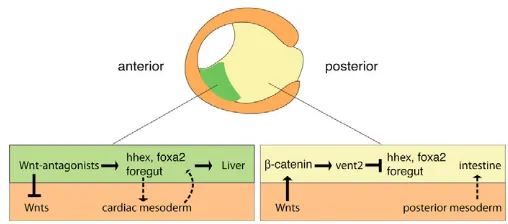Repression of Wnt/β catenin signaling in the anterior endoderm is essential for liver and pancreas development
Full text
Figure




Related documents
A simulation setting included a choice of number of the district, a choice of the number of candidates, a choice of the size of gap, whether voter preferences were uni- formly
Abstract: The purpose of this study was to prepare, optimize, and characterize a cationic lipid nanoparticle (CLN) system containing multicomponent drugs using a molecular
A total of ten primers were used to screen the polymorphism among the treated populations line tall mutant, dwarf mutant, early maturity mutant, seed colour mutant and
and Resources Administration created the Maternal, Infant, and Early Child- hood Home Visiting (MIECHV) program, with 1 aim to improve care manage- ment for pregnant women at high
Obesity increases the likelihood of various diseases and conditions, particularly Cardiovascular diseases, Respiratory Diseases, Type 2 diabetes, ob- structive sleep
Abstract--- This paper presents the scheme of vector control of Induction Motor using three different types of speed controllers, conventional PI controller, ANN
movement entails knowing how to visualize and make movement patterns come to life for students, contextualizing movement in curious configured sequences, in dance forms, through
QRlike approaches were first projected by Rui et al, which convert image characteristic vectors to weighted-term vectors in early version of Multimedia Analysis and


